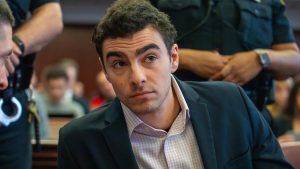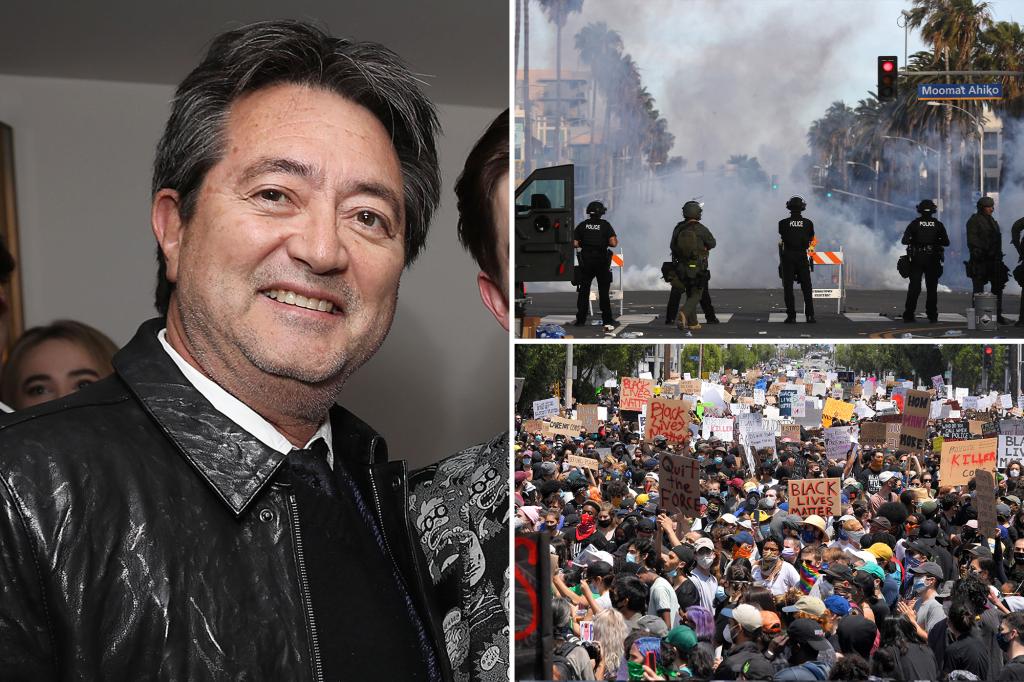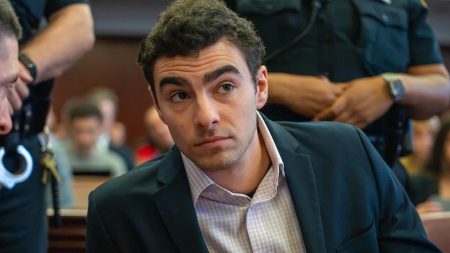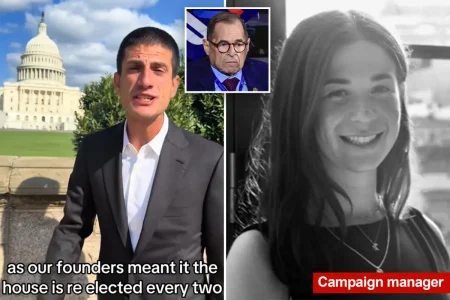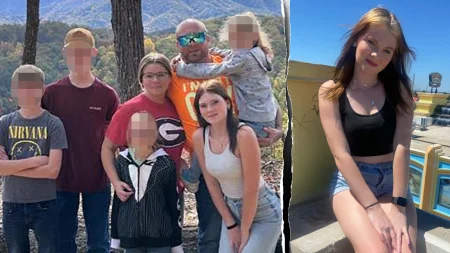Jury Awards $2.2 Million to Protester Shot with Less-Lethal Munition in 2020
In a significant legal victory highlighting ongoing concerns about police use of force during protests, a jury has awarded approximately $2.2 million to filmmaker Cellin Gluck, who was shot in the face with a less-lethal munition by a Los Angeles sheriff’s deputy during a 2020 demonstration against police brutality. The incident occurred in the aftermath of George Floyd’s killing, during a period when thousands of Americans took to the streets to protest police violence against Black citizens. The verdict represents not just compensation for one man’s suffering but also stands as a powerful statement about law enforcement accountability during public demonstrations. While the initial award totaled $3.5 million for Gluck and $300,000 for his daughter who witnessed the incident, the final amount was reduced by 35% after the jury determined that protesters bore partial responsibility for the circumstances surrounding the shooting.
The case details are particularly disturbing, painting a picture of unnecessary force used against peaceful participants. Gluck, a 67-year-old film director known for works like “Oba: The Last Samurai,” was simply holding a camera when he was struck. According to court documents, he and his daughter were leaving the protest and had stopped to help another protester who appeared in distress when Gluck was suddenly shot in the face. The projectile traveled up his nasal cavity where it remained lodged for nearly a year before being surgically removed. This single moment of police action resulted in permanent disfigurement, traumatic brain injury, and other lasting consequences that medical experts testified will require management for the remainder of his life. His attorney, Carl Douglas, noted that while the verdict provides “some measure of justice,” the award falls short of adequately compensating Gluck for injuries he “continues to endure everyday.”
Perhaps most troubling about this case is that despite the severity of Gluck’s injuries and the clear violation of police training protocols, authorities were unable to identify the specific deputy who fired the shot. This failure to identify the officer responsible represents what Douglas called a “tremendous indictment on the county and the system.” Standard law enforcement training explicitly teaches officers not to target individuals above the shoulder with less-lethal munitions unless they present a deadly threat—a standard clearly violated in Gluck’s case, as he posed no threat whatsoever at the time of the shooting. The LA County Sheriff’s Department has acknowledged the need for improvement, with its current administration stating they “recognize the importance of thoroughly reviewing and evaluating what occurred” to identify lessons for better community service, though this statement comes after the damaging verdict.
The county’s response to the verdict has been predictably defensive, with lawyers exploring “all options,” including a possible appeal. This reluctance to fully accept responsibility reflects a broader pattern seen nationwide, where law enforcement agencies often resist acknowledging misconduct or implementing meaningful reforms even after costly legal judgments. The county’s attempt to partially shift blame to protesters—resulting in the 35% reduction of the award—further illustrates the tensions between law enforcement narratives and civilian experiences during public demonstrations. Nevertheless, the substantial financial award sends a powerful message about the consequences of excessive force, especially at a time when police tactics during protests continue to generate controversy and litigation across the country.
This case is far from isolated, as the use of less-lethal munitions by law enforcement to control crowds has come under increased scrutiny in recent years. Similar incidents have continued to occur, including during recent protests in downtown Los Angeles against immigration policies, where journalists and protesters have been injured by rubber projectiles and other less-lethal weapons. The situation has become so concerning that a federal judge granted a temporary restraining order specifically blocking LA police from using such munitions against journalists covering demonstrations. In another related case, a protester lost a finger after being struck by a less-lethal projectile during “No Kings” demonstrations, leading to additional civil rights claims against both the city and county sheriff’s department. These accumulating cases paint a disturbing pattern of excessive force that continues despite mounting legal consequences.
The verdict in Gluck’s case represents a crucial moment of accountability, but the broader questions about police tactics during public demonstrations remain unresolved. Until law enforcement agencies implement meaningful reforms in how they approach crowd control and protest response, similar incidents—and the costly verdicts that follow them—will likely continue. As Douglas pointedly stated, “Until they are held accountable for their actions, there will continue to be verdicts by the people of Los Angeles trying to send a message to their law enforcement agencies to do better.” For Cellin Gluck, no amount of money can fully restore what was lost in that moment in May 2020, but his legal victory may help prevent others from suffering similar fates and push law enforcement toward more measured, responsible approaches to managing public demonstrations. As communities across America continue to exercise their constitutional rights to protest, the balance between maintaining public safety and respecting civil liberties remains a critical challenge for our democracy to address.

